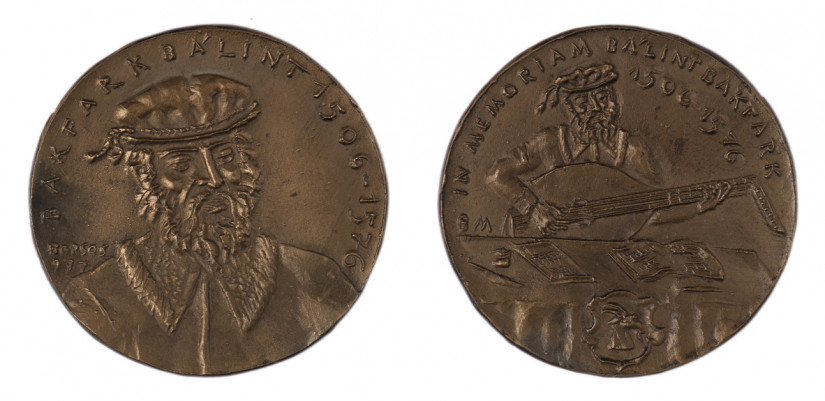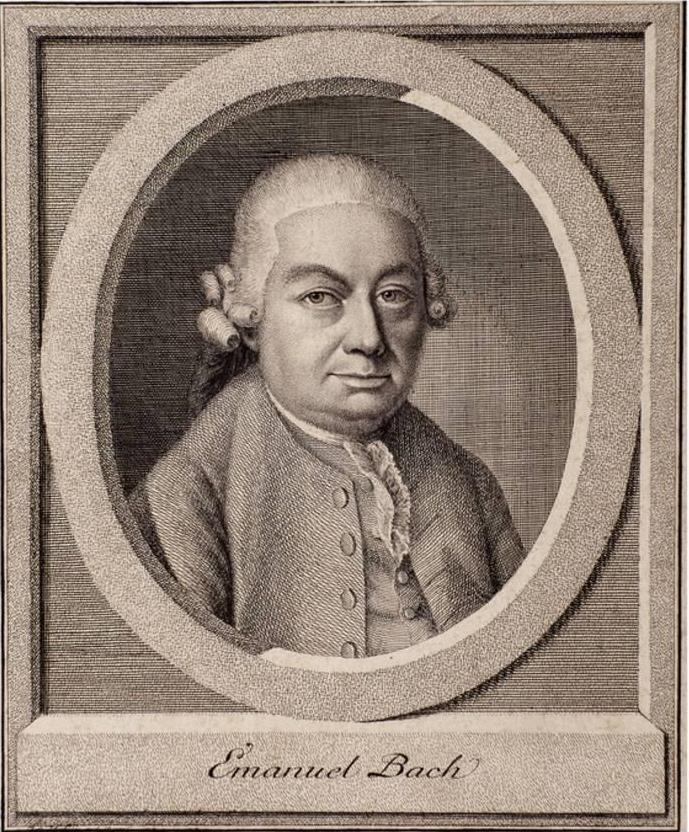Fantasia – a musical genre?
The fantasia can hardly be called a genre, as it is a rendition of an invention created on the spur of the moment. Thus it is closest to improvisation, which is never put down in writing.
The art of improvisation is as old as instrumental music. Fantasias recorded on sheet music span from the lute fantasias of Bálint Bakfark to the dazzling Baroque repertoire to a somewhat humbler crop in the Classical period to the virtuoso concert paraphrases of the 19th century. In classifying musical styles, Athanasius Kircher, the great Jesuit polymath of the 17th century, described this 'fantastical style' as a separate category (Misurgia Universalis, 1650) and defined its essence as follows: 'the Stylus Fantasticus is a type of music that is totally free and without restrictions, springing solely from artistic resourcefulness.' In the Baroque, fantasias were always accompanied by fugues: terms that come in pairs such as prelude and fugue, toccata and fugue, and fantasia and fugue are well known to music lovers.
The greatest fantasia of all time, composed by Johann Sebastian Bach in D minor, later received the title Chromatic Fantasia and Fugue. This masterpiece set a model and standard never to be reached by a composition of this type. All we can do is marvel at the power of Baroque rhetoric, the infinite horizon of harmonies and dissonances, the boldness and almost tangible presence of a creative genius. The free fantasia came into its own in the second half of the 18th century, and is an important facet of the works of Carl Philipp Emanuel, this individualistic son of Bach. C. P. E. Bach’s great free fantasias are among the most unique groups of pieces in musical history. They probably bear the handprint of the famous improviser, at least that is what a letter written by the composer in 1782 suggests: 'My friends strongly insist that [my new series about to be published] contain two fantasias so that after my death people should see what a great Fantast I was.'

Mozart and Beethoven, the most famous improvisers of Viennese Classicism, left behind a relatively small number of written fantasias. Beethoven, who lived on the borderline between two musical periods, composed in a traditional form, yet his works are often loosened up by the spirit of the free thinker with a leaning towards Romanticism. Sonata quasi una fantasia is what he wrote on the title pages of two of his sonatas dated 1800 and 1801. (It is rather telling that about half a century later Franz Liszt described his well-known Dante Sonata as Fantasia quasi Sonata.) If some of Beethoven’s late sonatas – op. 101 and op. 109 – had a subtitle, the word 'quasi' would probably be unnecessary, as these magical pieces are so distant from the firm order of the classic sonata.
In the century of Romanticism, the term fantasia may have denoted various types of compositions. (This is nothing new: in the Baroque, 'fantasia' could well mean a free composition as well as a piece crafted in rigorous counterpoint, c. v. Bach’s Three Part Inventions.) Schubert’s Wanderer Fantasy or the magnificent Fantasia in F minor for piano fourhands are both cycles of four movements cast in one piece; by contrast Schumann’s great fantasia in C major (originally titled Große Sonate!) is composed of three separate movements, while Schumann’s 'fantasia pieces' (Phantasiestücke) are character pieces that reflect momentary impressions and moods.

The quintessential fantasias of the 19th century are brilliantly virtuoso pieces, mostly piano arrangements of popular operatic tunes, which simply overwhelmed contemporary audiences. Fantasia, paraphrase or reminiscence were the terms used to title dozens of bravura pieces written by Liszt, Thalberg and others.
Music lovers had all of it in one: the beauty of Bellini’s or Verdi’s melodies, the brilliance of technical virtuosity and the personal magic of the performer. After all, Liszt’s rhapsodies are often reminiscent of this type of instrumental fantasy.
The fantasia is a rare visitor in the 20th century. A notable example is Arnold Schönberg’s Fantasia (op. 47) for violin and piano; the tradition of improvisation is revived and combined with folk art decorations in Bartók’s masterpiece, Improvisations on Hungarian Peasant Songs.
Katalin Komlós


